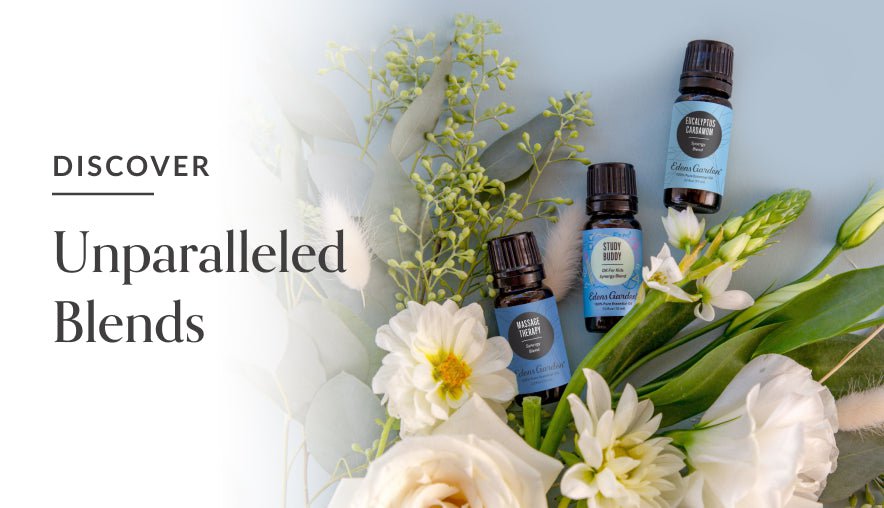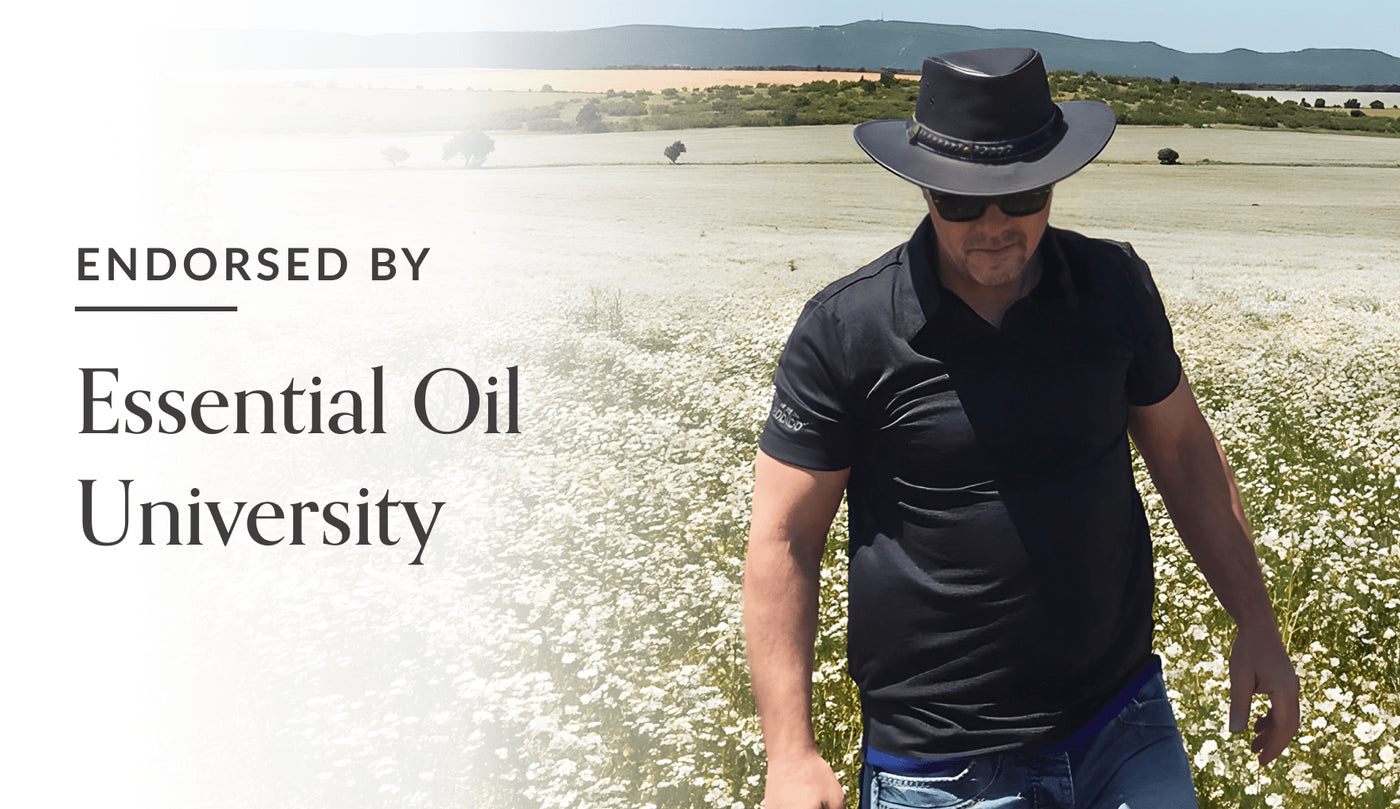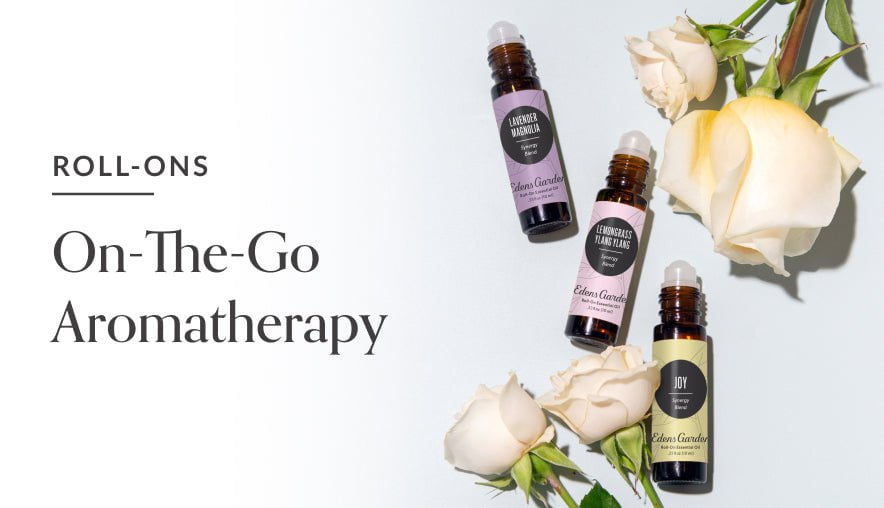5 Chemicals to Avoid in Cleaning Products

Opening the door to a sparkling, freshly cleaned home is one of life's simplest and sweetest pleasures. There is something incredibly soothing about snuggling into fresh sheets or pulling a clear glass from the cupboard.
Despite the cozy calm of a clean space, a multitude of unregulated, cancer-causing chemicals are likely spritzed and sprayed throughout your home, which can lead to serious health issues while also harming the environment.
As many of us know, essential oils can be used as effective alternatives to traditional household cleaners. To help you make safer choices, we’ve put together a list of chemicals to avoid along with DIYs so you can make your own essential oil-based cleansers.
1. 2-Butoxyethanol:
An ether alcohol used as a solvent, fragrance ingredient and masking agent.
Found In: Glass cleaners, carpet cleaners, oven cleaners and rust removers.
Possible Health Concerns: Irritation to the skin, eyes and lungs and organ toxicity.
EG’s Windex replacement: Combine 12 drops Cleaning Blend, 1 oz grain alcohol and 1 oz distilled water in a spray bottle. Shake well to combine. Use to clean mirrors and windows.
2. Alkylphenols:
Industrial chemical used as an artificial antioxidant.
Found In: Laundry detergents, laundry products, indoor air and dust products.
Possible Health Concerns: Disruption of the endocrine system and have been shown to alter the mammary glands in rats.
EG’s Laundry freshener: Add 5 drops Grapefruit, Lavender or Simply Citrus to 1 oz distilled water and 1 oz grain alcohol. Shake lightly and spritz just-out-of-the-dryer laundry.
3. Ammonia:
An inorganic gas used to disinfect, bleach and deodorize.
Found in: Window cleaners, drain cleaners, toilet cleaners and all-purpose cleaners.
Possible health concerns: May cause kidney and liver damage and irritation to the skin, eyes and lungs.
EG’s general purpose & disinfecting cleaner: Add 20 drops each Eucalyptus, Lemon and Pine, along with 1 oz vinegar and 1 oz grain alcohol to a 2 oz spray bottle. Shake well before each use. Can be used on glass surfaces, windows, kitchen counters, bathroom surfaces and inside your refrigerator.
4. Hydrochloric Acid:
An inorganic acid used to adjust pH balance.
Found in: Toilet bowl cleaners.
Possible health concerns: Irritation to the skin, eyes and lungs and organ system toxicity.
EG’s Poo-fume (like Poo-Pourri spray): Combine 40 drops Quiet Time, Relaxation or Simply Citrus, 1 oz grain alcohol and 1 tsp witch hazel in a 3 oz spray bottle and shake lightly. Top off bottle with distilled water. Spray 3-5 times into toilet bowl prior to use.
5. Triclosan:
An antibacterial agent used as a preservative and deodorizer.
Found in: Antibacterial soaps and all-purpose cleaners.
Possible health concerns: Irritation of the eyes, skin and lungs, disruption of the endocrine system and organ toxicity. Some research also shows Triclosan can disrupt the body’s hormone levels.
EG’s trashcan deodorizer: Add 1-3 drops Stress Relief or Sweet Ambiance onto a cotton ball and place it on the bottom of the trash to help eliminate odors and germs.





Leave a comment (Comments will be approved before showing up)